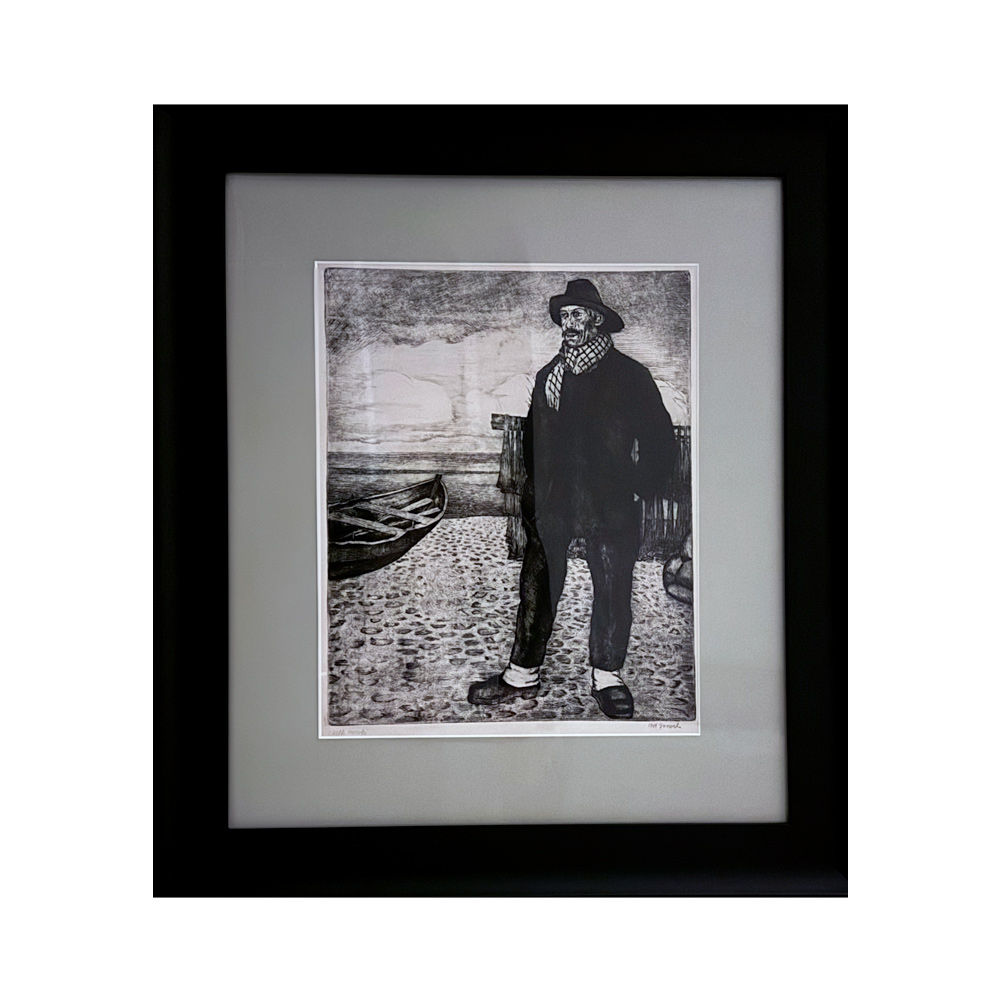Additional information
| Weight | 2 lbs |
|---|---|
| Dimensions | 18.25 × 20.5 × 1 in |
Władysław Jarocki
Old Salt | Wilk Morski, etching | akwaforta, 1950s (copy) – 18 1/4 X 20 1/2
Auction Ended
Item condition: New
| Weight | 2 lbs |
|---|---|
| Dimensions | 18.25 × 20.5 × 1 in |
Auction has finished
Auction failed because there were no bids| May 1, 2024 12:00 am | Auction started | ||
Interior Design Consultation
NZ Design & Associates Inc provides its clients with exclusive personalized care with a full-ranged consultation that covers all you would need to now moving forward in your vision. So whether you decide to work with us or somebody else, our consultation serves to provide all the necessary information to save you time, money, and mistakes coming into any home-improvement project. Within every consult can expect the following services:
1) Scope of Work Assessment: Our senior Designer will evaluate your unique scope of work in person or via Zoom. Throughout the session, you will receive relevant information regarding the pros and cons of your vision. In addition, all design plans will be addressed and thoroughly fleshed out on the spot, so you are well-informed over all aspects of your vision.
2) Style Evaluations: The client’s unique style and preferences are assessed, taking into account every like and dislike regarding style, color, design preference, and expectation.
3) Budgeting: Budget estimates for each room are provided. You can request budgeting categories from the Design Fee, Construction fee estimates, and averages for item prices that can be added to each individual room.
4) Design Process Presentation: This presentation runs through every step of our process to ensure clear communication in how we present our visualizations and aim to gather and execute client needs.
5) Program Matching: Your designer will help match you to a design program that best serves your project and level of investment.
6) Portfolio Review: During the consult, the client will receive the opportunity to review NZDesigns Portfolio and evaluate for themselves whether NZDesign is a perfect fit in helping bring your vision to life.
Salt Cave
Experience the rejuvenating power of our 50-minute session, where every minute is as invigorating as three blissful days spent by the sea. Through the infusion of kinetic energy, our dry salt particles become an army, diligently aiding in the detoxification of your respiratory system. Just as the Himalayan salt contains a harmonious blend of 84 trace minerals and elements, mirroring those found within the human body, our session promises to replenish and revitalize your inner equilibrium.
Highland folk vest
Crafted with meticulous care and imbued with the rich traditions of Polish highland culture, the hand-made Polish Highland folk vest is a testament to the artistry and craftsmanship passed down through generations. Each stitch tells a story, weaving together the vibrant tapestry of Polish heritage and identity. Adorned with intricate patterns and motifs inspired by nature and folklore, these vests are more than mere garments; they are symbols of pride and belonging, connecting wearers to their roots and the rugged beauty of the Tatra Mountains. Wearing a Polish Highland folk vest is not just a fashion statement; it is a tribute to the enduring spirit of the highland people and their timeless traditions.
Pearl necklace with agate
Ella K Paris a Jewellery Exhibition Ella K – Elzbieta Klemensowicz was born in 1964 in Bialystok (Poland). She graduated from Fryderyk Chopin Academy of Music in Warsaw, branch in Bialystok. She worked as a Choir Conductor at the Politechnical University in Bialystok and also co-operated with Aleksander Wegierka Dramatic Theatre in Bialystok. Ella K has been residing in Paris and creating unique art and fashion jewellery for nearly quarter of a century. Influenced by the baroque as well as tribal art, she is searching for her own characteristic style, using the most amazing elements – ivory piano keys, the 19th century mourning buttons of black opaque glass, Swarovsky vintage crystals – combined with amber, agate, rock crystal, ammonite, semi-precious stone, shell, pearl, sea bamboo, horn and other. Every piece is absolutely unique and signed by the artist who is praised by such fashion icons as Iris Apfel for her original and elaborate creations. Ella’s masterpieces find numerous prestigious clients from Paris, Warsaw, London, Monaco, Venice to New York, Chicago and Los Angeles.
